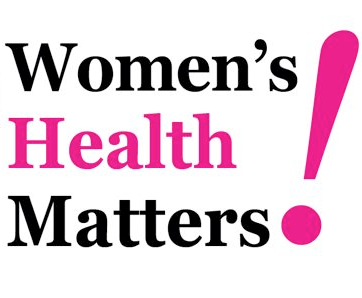Barefoot Vs Cushion Shoes
 Osteoarthritis, patello-femoral pain syndrome, bursitis, illiotibial band syndrome, plantar fasciitis, compartment syndrome, and shin splints are a few of the many conditions familiar to runners. Causes are usually either put down to training too hard, or running with biomechanical abnormalities such as pronated feet.
Osteoarthritis, patello-femoral pain syndrome, bursitis, illiotibial band syndrome, plantar fasciitis, compartment syndrome, and shin splints are a few of the many conditions familiar to runners. Causes are usually either put down to training too hard, or running with biomechanical abnormalities such as pronated feet.
However, the cause for all these injuries doesn’t look like over training when you compare the average runner with Gary Parsons (world record holder for running 19,000 miles in 274 days), or any of the other thousands of ultra marathon competitors out there. The Tarahumara, of Mexico, or the San people of Southern Africa are not alone in running down large animals over vast distances as a form of hunting. These people don’t bat an eyelid at 60 miles a day!
Such occurrences would not be possible if these people suffered from the sorts of aches and pains Westerners associate with running. Their comparable lack of injuries is startling evidence that over training is an over used diagnosis.
So why are the above conditions so commonly found amongst Western runners?
There is a compelling argument, backed by a growing amount of research, that the problem is our footwear.
The latest model of trainers have been geared towards better cushioning and a comfier ride for years. Nike Footwear is an example of a brand built almost entirely because of its unique cushioning system, Nike Air. But scientists are now beginning to discover the real impact of all this soft, comfy footwear.
Having a thick heel changes the position of the foot as it hits the ground, altering the biomechanincs up the whole body. Consequences include plantar fasciitis, achilles tendinitis, and early wear and tear, particularly in the joints of the foot, to name but a few. However, a raised heel does not account for all of the problems seen in today’s runners.
As a result of soft shoes, the vast majority of Western runners strike the ground with their heel first. This creates a straight line from the heel throughout the body. The result of this straight line is literally that the spring is removed from your step. The big joints in your knees and hips are designed to flex and absorb impact, but they are no longer in position to do so. This means that the only cushioning you have is in the shoe, which is no substitute for your knee. Another undesirable effect of cushioning in shoes is that runners have an increased stride length, resulting in higher landing forces.
And finally the muscles of the foot are no longer exercised to the degree necessary for foot health. Pronation affects approximately 70% of the British population, having made some doctors question if the natural position is pronation, but it is now being realised that the likely reason is because shoes are doing the work our feet should do. The fall out of abnormal foot position cannot be underestimated, affecting the whole body in one way or another.
The net result of wearing cushioning trainers is gross biomechanical change, increasing demand and stress placed on joints. Support for this theory is growing and footwear manufacturers are beginning to take note with various “barefoot” models coming into existence. Definitely worth a look for the keen runner.
